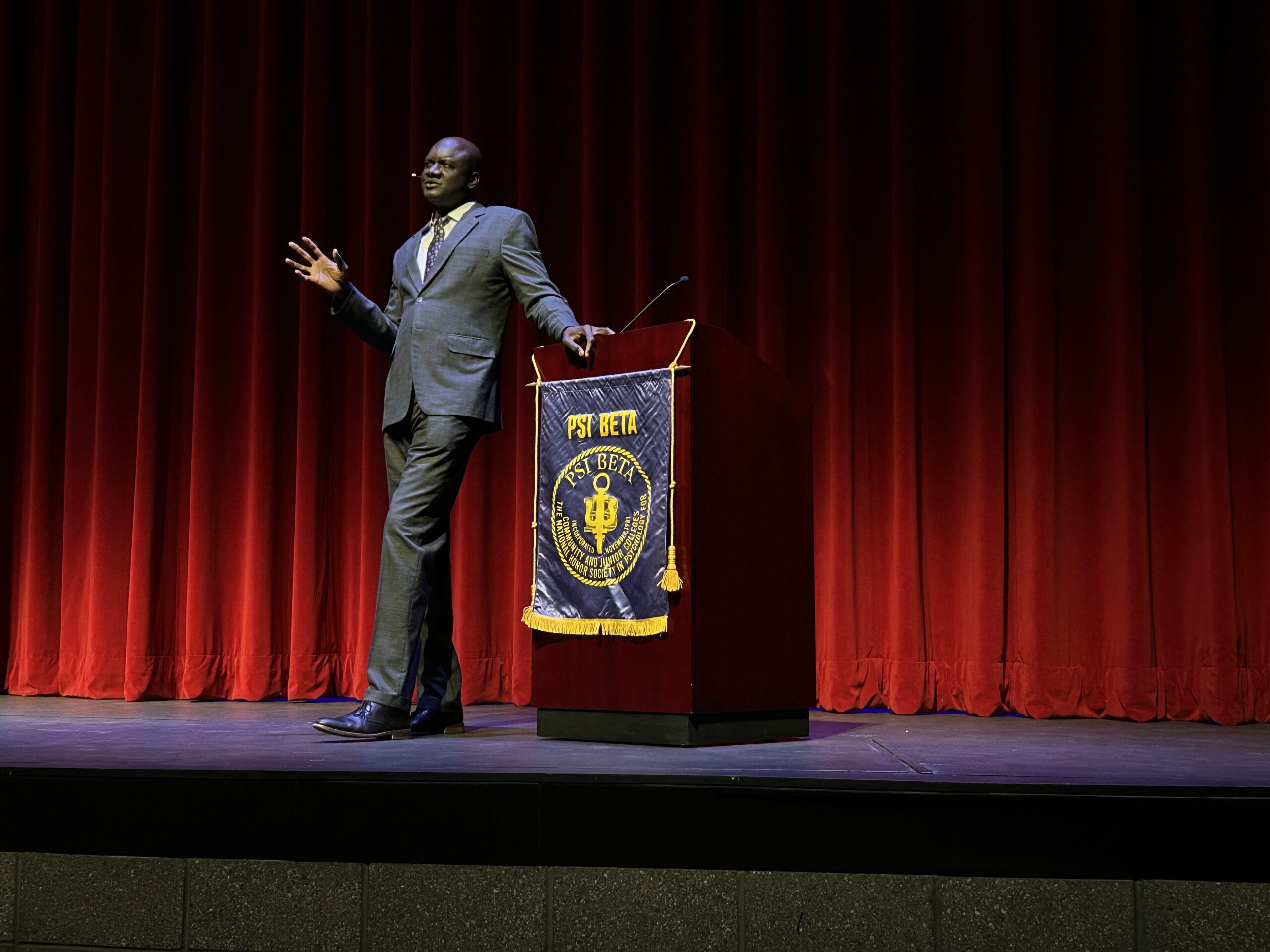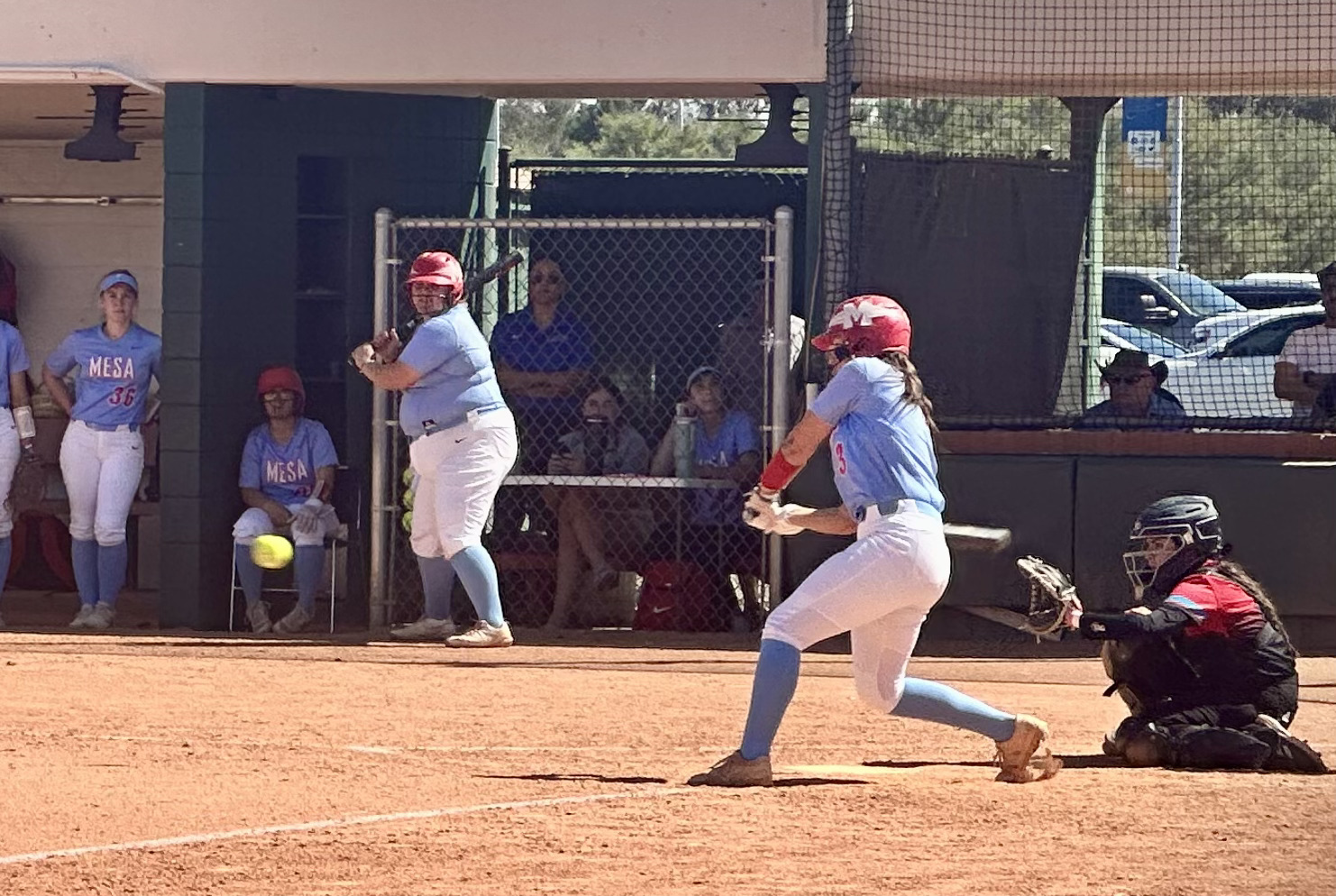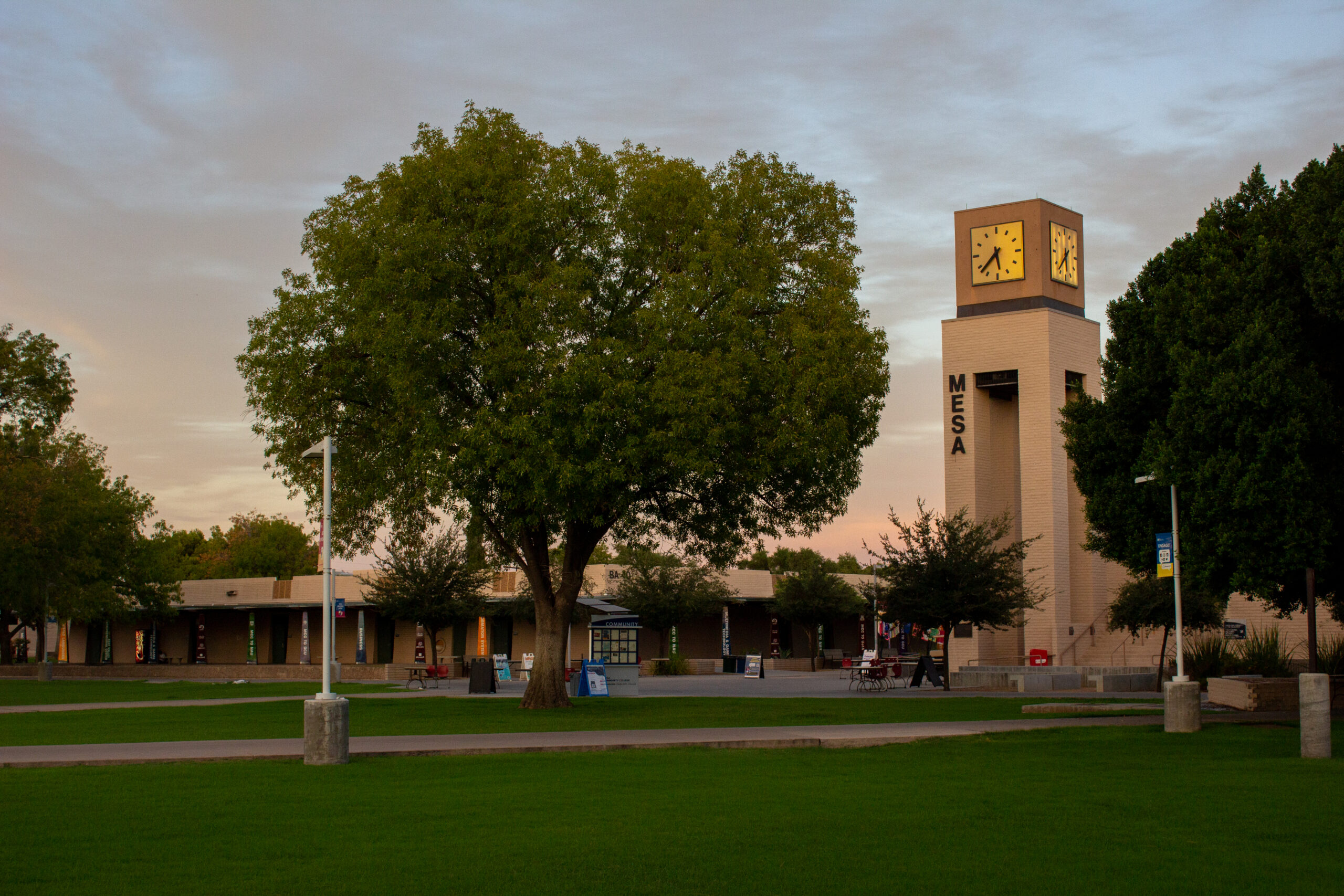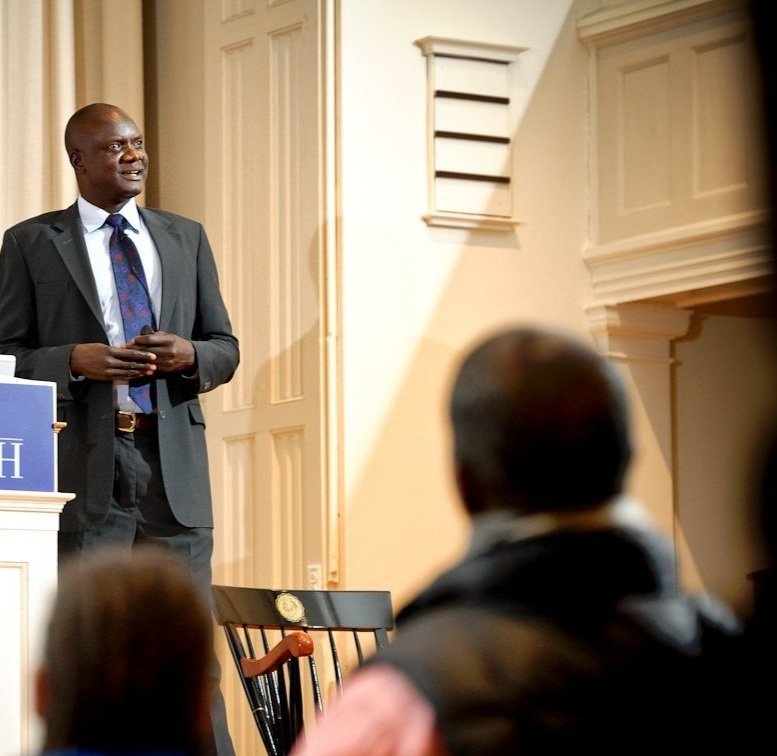Phoenix votes ‘no’ on Prop 105
After months of campaigning and controversy, Phoenix city residents voted no on Prop 105.
Proposition 105 would have erased the city’s ability to develop, construct, expand, or improve the light rail, as well as disperse funding to other city infrastructure. It would have specifically prohibited the South Central light rail expansion, a five-mile route connecting to the Downtown Phoenix light rail system. Some funding allocated to the expansion would have gone to infrastructure in South Phoenix.
While 72,752 or 37.14 percent of residents voted yes, 123,135 or 62.86 percent voted no. The proposition did not pass.
The South Central light rail expansion will decrease Central Avenue from four lanes to two, one on either side, and will start construction in 2019 and end in 2023. The budget is estimated around $1 billion, with 32 percent from the Proposition 104 sales tax revenue, 47 percent from federal grants, and 21 percent from regional funds.
Prop 105 gained a spot on the ballot when the organization Building a Better Phoenix gathered the required signatures. Local businesses teamed with wealthy individuals with an agenda against the light rail to campaign before the vote.
Building a Better Phoenix received money from Scott Mussi and the Arizona Free Enterprise club, a libertarian lobbying organization funded in part by the Koch brothers, who have funded campaigns against public transportation across the country.
The controversy gained nationwide attention when comedian and political commentator Hasan Minhaj featured the battle for Prop 105 on his show “Patriot Act” on the episode “Why Your Public Transportation Sucks” released before the Aug. 27 vote.
While Building a Better Phoenix was supported by Phoenix City Councilman Sal DiCiccio among others, the opposing organization Invest in Phx was supported by Phoenix Mayor Kate Gallego, Mesa Mayor John Giles, and much more.
Local First AZ community planning manager Brooklyn Nisenbaum celebrates the defeat as a win for Phoenix. Local First AZ is a nonprofit organization supporting independent local businesses.
“I think it just shows that Phoenix is ready to grow up a little bit and become a more urbanized and stronger city, both, like, economically and environmentally,” Nisenbaum said. “…We’re ready not just for connectivity and transit options, but also that we wanna show up for people that need it the most.”
While Building a Better Phoenix argued funding for the light rail could go to projects like better roads, Nisenbaum said that was a short-sighted investment. Relative to other cities, Phoenix has high quality roads.
“They also only serve motorists,” Nisenbaum continued, “whereas light rails serve pedestrians, cyclists, and people who don’t want to or can’t.”
Federal funding, around 47 of the light rail budget, would have been retracted and repurposed in other cities.
Nisenbaum also said the light rail expansion will continue to allow students to pursue opportunities closed off without public transportation. Tempe ASU students are connected to Downtown Phoenix and Mesa Polytechnic campuses, and Mesa students connected to ASU. Opportunities grow as Mesa and ASU partner on more developments, and now South Central Phoenix will become connected.
Since 2008 when the line opened, ridership exceeded expectations and spurred 11 billion dollars of private and public investment. The light rail connected major metro areas that have been historically disinvested and created thousands of job opportunities within half a mile of the rail.
However, Central Avenue business owners might not thrilled.
Mesa business owner Bill Wahl of the Typewiter Exchange, only half a block away from Main Street and the light rail, said, “Every business is so different in what drives customers to it, so as to how light rail affects individual business, they can be so different… But I don’t think anyone benefited.”
Wahl explained that being half a block away and a business as niche as typewriters meant his customers were not affected, but other businesses directly facing the light rail were negatively impacted.
He said the bakery Sweet Cakes on Main Street “took a noticeable downswing once the light rail hit,” because of construction.
However, Nisenbaum noted while ten businesses closed, ten more took their place. The light rail has also made the street more pedestrian friendly with walkability and shade structures, which can lead to more retail.
A light rail along Central Avenue “is going to really help with air quality, environmental quality, and then also the pedestrian access for those businesses.” It will also increase the safety of pedestrians and cyclists and eliminate the necessity of cars.
“I’m really excited that the proposition failed,” Nisenbaum said, “and the fact that it had record turnout I think really speaks to the level of engagement people have when their resources are on the line.”
Prop 106, a citizen initiative to limit budget growth if pensions are not 90 percent funded, also failed by a vote of 126,881 or 66.8 percent to 63,053 or 33.2 percent.









